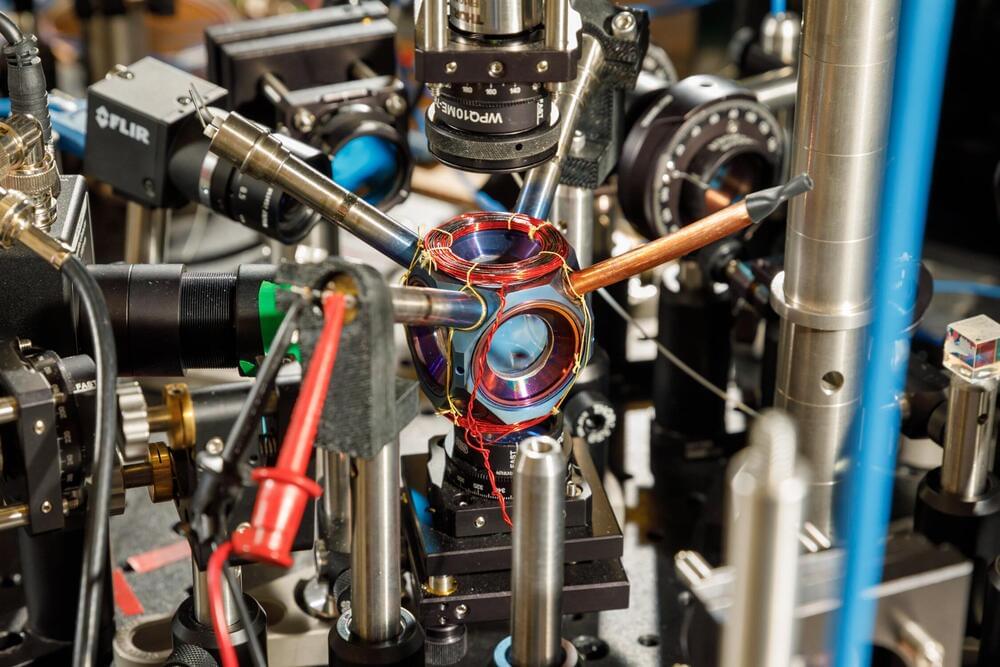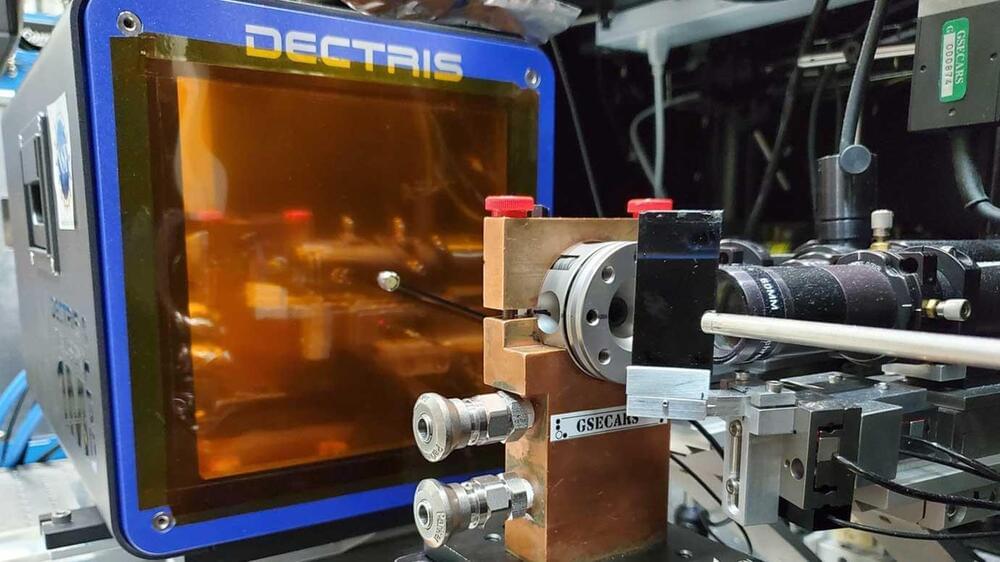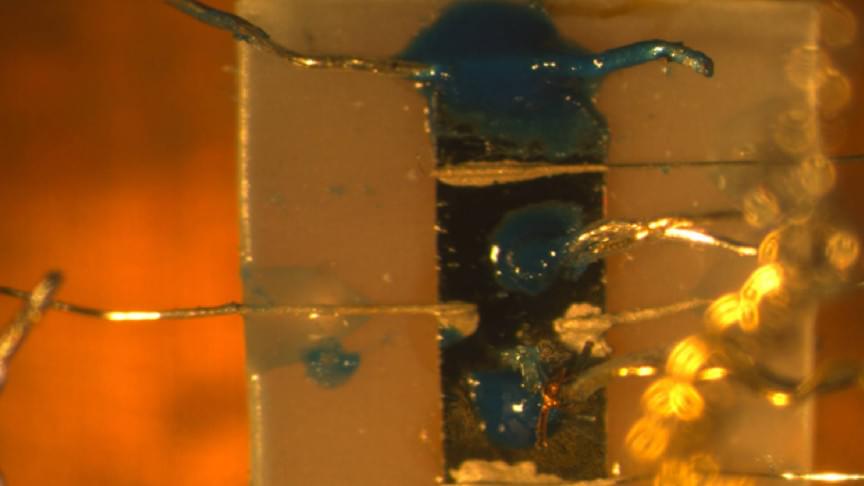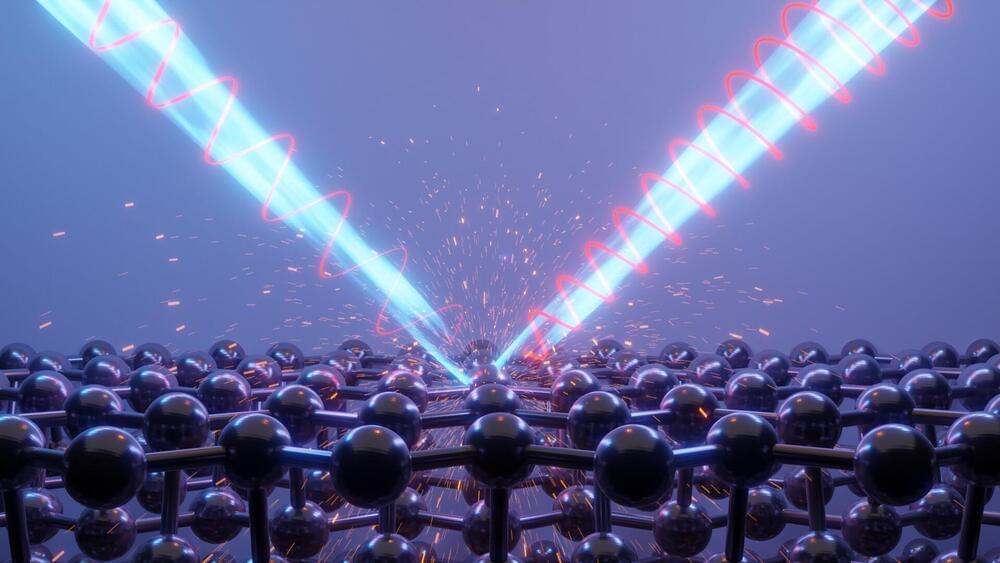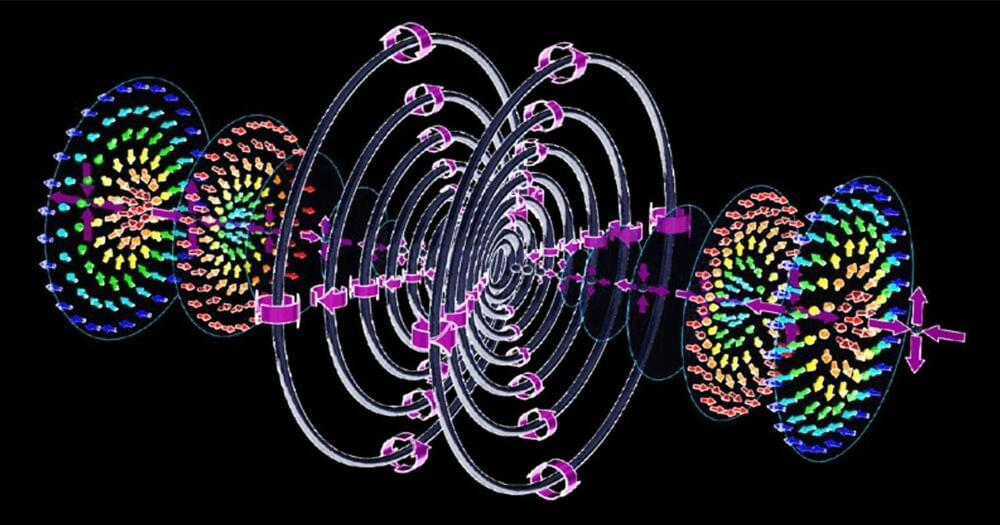Oct 27, 2021
An Ultra-Precise Clock Shows How to Link the Quantum World With Gravity
Posted by Genevieve Klien in categories: particle physics, quantum physics, space
The infamous twin paradox sends the astronaut Alice on a blazing-fast space voyage. When she returns to reunite with her twin, Bob, she finds that he has aged much faster than she has. It’s a well-known but perplexing result: Time slows if you’re moving fast.
Gravity does the same thing. Earth — or any massive body — warps space-time in a way that slows time, according to Albert Einstein’s general theory of relativity. If Alice lived her life at sea level and Bob at the top of Everest, where Earth’s gravitational pull is slightly weaker, he would again age faster. The difference on Earth is modest but real — it’s been measured by putting atomic clocks on mountaintops and valley floors and measuring the difference between the two.
Physicists have now managed to measure this difference to the millimeter. In a paper posted earlier this month to the scientific preprint server arxiv.org, researchers from the lab of Jun Ye, a physicist at JILA in Boulder, Colorado, measured the difference in the flow of time between the top and the bottom of a millimeter-tall cloud of atoms.

